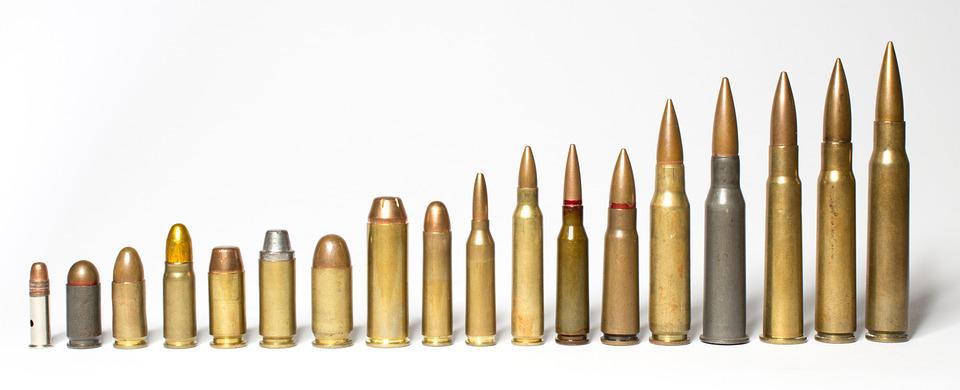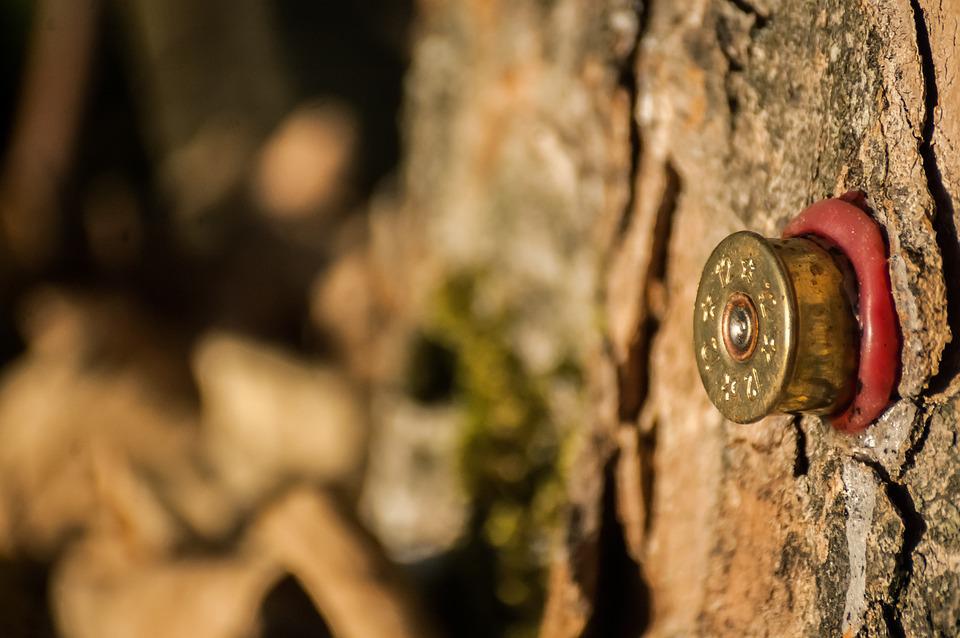Rifle Calibers Explained: What Caliber is Right for You?

For those of you looking to get your first firearm, hearing about all the different calibers can be confusing. If you need rifle calibers explained, look no further. In general, the caliber refers to the internal diameter of a rifle barrel, but it can also describe the diameter of a bullet. Either inches or millimeters can be used to measure this distance. Keep in mind that a bullet is only the metal projectile, whereas a cartridge is the entire round including casing, powder, and primer. As such, the cartridge will have a bigger measurement than the bullet. When deciding which gun suits your needs, it is essential to consider the differences between calibers. Different ranges and intended targets will determine which caliber to use.
While the caliber of a firearm is crucial in determining its performance and suitability for specific purposes, the precision and reliability of scales and balances are equally important in the realm of firearms manufacturing and ammunition production. In the manufacturing process, precise measurements of various components, including powders and primers, are crucial to ensure consistency and safety. Scales and balances provide the necessary accuracy to weigh these components and achieve the desired results. Additionally, in the testing and quality control phase, scales and balances are used to verify the weight of completed cartridges, ensuring that they meet the required specifications and function properly. Manufacturers and laboratories involved in the firearms industry rely on complete weighing solutions to maintain quality, consistency, and safety throughout the production process.
.22 Long Rifle
The .22 Long Rifle is the first rifle caliber we’ll explain. There’s a reason this caliber is the most sold ammunition in the world. Both novices and experts use it for a wide variety of guns and appreciate its minimal recoil and noise. What’s more, this is an inexpensive option. Whether you’re looking to spend some bullets on target practice, are learning to shoot a rifle, or need an option for small-game hunting, this is a great choice to load up in a magazine.
.223 Wylde
A happy medium that accommodates the differences between the popular .223 Remington (originally made for the AR-15) and 5.56 NATO caliber rounds. The .223 Remington was an improvement on the lightweight .222 Remington, used for varmint hunting. The 5.56 NATO, in turn, was an improvement on the .223 Remington, with cartridges reshaped to have a better drag coefficient and manufactured with slightly thicker brass and more powder. They fired at higher internal chamber pressures than what the .223 Remington was designed for, so a 5.56 NATO round fired from a .223 Remington rifle would degrade the barrel over time.
Enter the .223 Wylde. The .223 Wylde has a redesigned chamber and barrel leade that accommodates both the traditional .223 Remington and cheaper 5.56 NATO rounds. This versatility alone explains why the .223 Wylde rifle caliber is a great starter option. It’s perfect for both varmint hunting, target practice, self-defense, and, with 5.56 NATO rounds, hitting hard at long distances. Plus, it’s arguably superior to MIL-SPEC rifles, as these are either .223 Remington or 5.56 NATO!
6.5mm Creedmoor
What good is target practice or hunting without an accurate gun? The 6.5mm Creedmoor’s claim to fame is accuracy. In fact, it was designed by a long-distance shooting national champion. Good ballistics and relatively light recoil are making it increasingly popular. Some of the differences between the 6.5mm Creedmoor and other calibers is that the 6.5mm goes faster in the long range and inserts itself deeper into a target. Since it is often used for long-range target shooting, consider getting a solid scope or boresighter.
9mm
The 9mm caliber was originally designed in 1901 for pistols, specifically the Luger P08, which explains why it is a rifle caliber that is so small. Rifles must be specifically chambered to use 9mm rounds. However, that typically means they are compatible with 9mm pistol magazines — so if you already have a 9mm sidearm, you can use your mags for both. 9mm rifles are lightweight with low recoil, making them an excellent option if you want something for home defense or range shooting.

7.62×39
Otherwise known as the 7.62 Soviet or .30 Russian Short, this bottlenecked caliber was designed to be inexpensive to manufacture and easily mass-produced for everything from submachine guns to the famous AK-47. Its low cost and versatility as a platform explains the popularity of this rifle caliber across the entire world and is one of the most commonly-used calibers. Slightly less powerful than a .30-30 Winchester, 7.62×39 cartridges are used for whitetail deer hunting in the US.
.300 Blackout
Another versatile option for a rifle, the .300 Blackout can be explained as potentially the best caliber for big-game hunting out there. At the same time, it is used by law enforcement, the military, and target shooters thanks to its long-range performance, accuracy, and flat shooting.
Keep in mind, there’s no free lunch. This is a pricey option that packs a heavy recoil, but it’ll take down a moose. That being said, a muzzle device can help you deal with the recoil. If you’re traveling and run out of ammo, the .300 Blackout is widely available, so it’s easier to find when you need it.
.450 Bushmaster
Jeff Cooper, a marine veteran and founder of the American Pistol Institute, came up with the idea of a “thumper” round: a larger-bore round for modern semi-automatic rifles that could be used for big game hunting. That explains why the rifle caliber .450 Bushmaster stands out. This straight-walled cartridge packs a hefty punch perfect for hunting, and with an effective range of over 250 yards, it’s even good at a distance.
.458 SOCOM
This caliber was designed after veterans of Operation Gothic Serpent in the 1990s reported that it took multiple 5.56 NATO rounds to incapacitate enemy combatants. This explains why a new rifle caliber had to be designed that packed more power while remaining 100% compatible with the existing M4 and M16 platforms (and, later, the AR-15). For a caliber that packs the power of a .450 Bushmaster for big game hunting while only needing to use a stock AR magazine, the .458 SOCOM is the way to go.
.50 Beowulf
The ultimate heavyweight, the .50 Beowulf lives up to its name. This caliber is used in the AR-15 rifle, and its extreme stopping power can be explained by its heaviness and width. Want to stop a car in its tracks? Try this. One of the differences between .50 Beowulf and similarly sized calibers is the accuracy and long range of the Beowulf. Whether you are hunting some massive animals or need to defend yourself, this is a great heavyweight option.
Customize Your Shooting Experience With Durkin Tactical
Now that we’ve explained the differences between the top rifle calibers, it’s time to build your own rifle in the caliber you want. Durkin Tactical is a family-owned-and-operated company that believes in getting you high-quality build kits that don’t break the bank, so that anybody can build the gun they want. Have questions? Contact us and we’ll be happy to help you choose what caliber is right for you!
